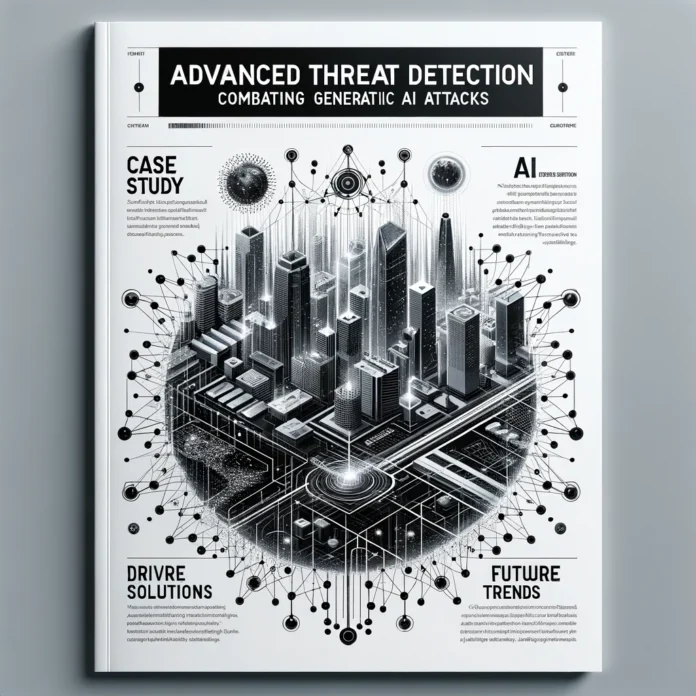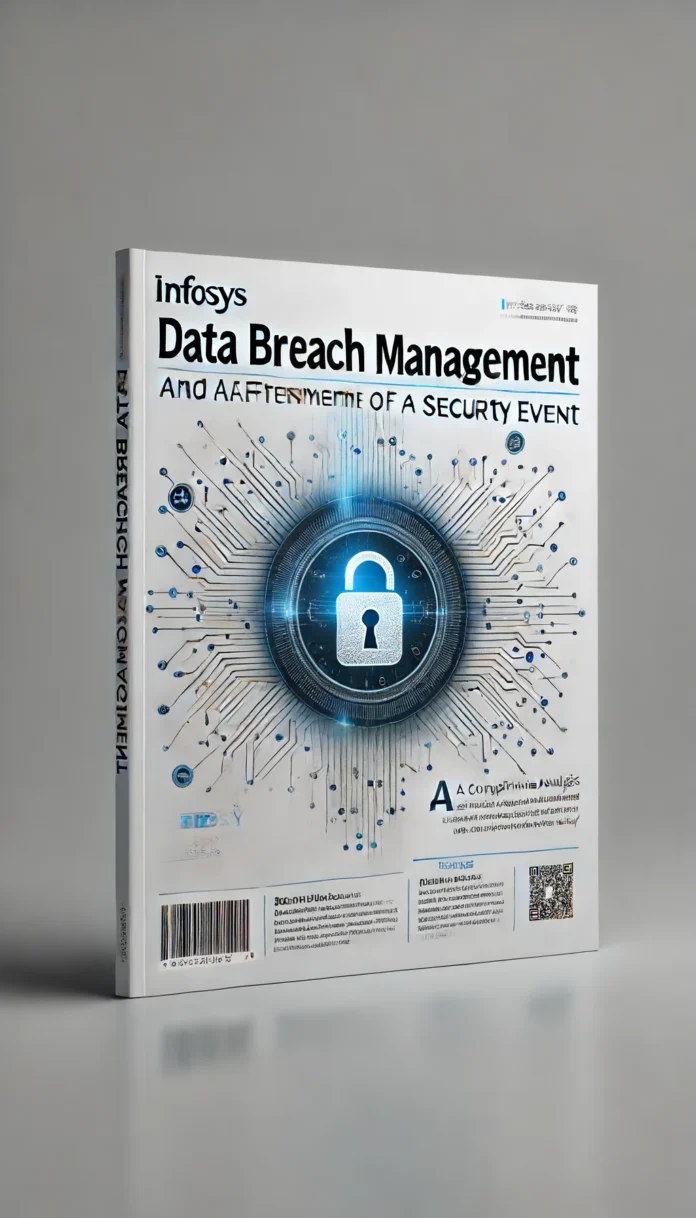In today’s digitally driven world, the frequency and sophistication of cyber threats are escalating, making cybersecurity knowledge essential for everyone. Whether you’re an IT professional or a non-technical individual, understanding cybersecurity can safeguard personal and organizational data from malicious attacks. This article explores the core components of effective cybersecurity online courses, helping learners choose programs that provide comprehensive and practical knowledge.
Understanding the Need
Cybersecurity is no longer a niche skill but a critical competency. With cybercrime damages projected to reach $6 trillion annually by 2024, the demand for cybersecurity professionals is soaring . Thus, selecting an effective online course becomes crucial for both career growth and personal protection.
Core Components of Effective Cybersecurity Online Courses
1. Comprehensive Curriculum
A robust cybersecurity course should cover the following topics:
- Fundamentals of Cybersecurity: Understanding the basic principles, including confidentiality, integrity, and availability (CIA triad).
- Threat Landscape: Insight into various types of cyber threats, such as malware, phishing, ransomware, and advanced persistent threats (APTs).
- Defense Mechanisms: Techniques for defending against cyber threats, including firewalls, intrusion detection systems, and antivirus software.
- Incident Response: Strategies for detecting, responding to, and recovering from cyber incidents.
2. Practical Applications and Hands-On Labs
Theoretical knowledge must be complemented with practical experience. Effective courses include hands-on labs where learners can:
- Practice configuring firewalls and intrusion detection systems.
- Simulate cyber-attacks to understand the attacker’s perspective.
- Develop incident response plans.
3. Up-to-Date Content
Cybersecurity is a rapidly evolving field. Courses should be regularly updated to reflect the latest threats and technologies. This includes:
- Current threat intelligence reports.
- Recent case studies of cyber incidents.
- Updates on new security tools and best practices.
4. Qualified Instructors
Courses led by industry experts with real-world experience enhance learning. Instructors should have:
- Recognized certifications (e.g., CISSP, CISM).
- Professional experience in cybersecurity roles.
- A history of contributing to the cybersecurity community.
5. Interactive Learning and Support
Effective online courses offer:
- Interactive elements such as quizzes, forums, and live Q&A sessions.
- Access to instructors for support and guidance.
- Peer collaboration opportunities to discuss and solve problems.
6. Certification and Continuing Education
Recognized certifications add value to a learner’s profile. Courses should:
- Prepare learners for industry-standard certifications.
- Provide continuing education credits to maintain certification status.
Conclusion
Choosing the right cybersecurity online course can significantly impact one’s ability to protect against cyber threats. By focusing on comprehensive content, practical applications, current updates, qualified instructors, interactive learning, and certification, learners can ensure they are well-equipped to handle the ever-changing cyber threat landscape.





